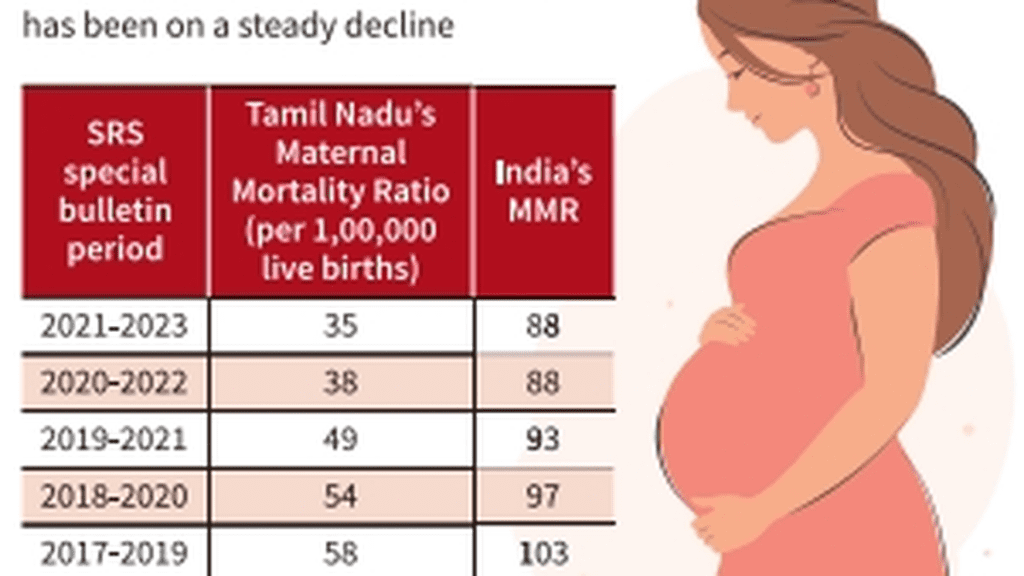The hidden dangers of Rhodamine B: a global and local perspective Premium

The hidden dangers of Rhodamine B: a global and local perspective Premium
Imagine indulging in an appetizing looking, sweet treat, only to discover it contains a dye primarily used in textiles and linked to cancer. This alarming reality has prompted significant health interventions worldwide, including recent decisive actions in India.
Rhodamine B is a synthetic dye known for its bright pink hue, commonly utilised in industries such as textiles, paper, and leather. Its application extends to scientific research due to its fluorescent properties. However, its use in consumable products is fraught with health risks. Studies have indicated that Rhodamine B can cause DNA damage, leading to mutations and potentially triggering cancerous growths. Animal research has demonstrated tumor development in organs like the liver and bladder following prolonged exposure to the dye.
Recognising its potential dangers, many countries have put in place strict regulations on use of Rhodamine B. In the United States, the Food and Drug Administration (FDA) has long prohibited its use in food products, classifying it as unsafe for human consumption. A recent ban issued by the FDA in January 2025 further reinforces these restrictions, prohibiting the use of Rhodamine B in any food-related applications due to increasing evidence of its carcinogenic properties. The FDA cited growing concerns over children’s exposure to high levels of the dye in candies, baked goods, and other processed foods, prompting an urgent call for manufacturers to reformulate their products. This ban stems from studies indicating its potential carcinogenicity and other health risks. Similarly, the European Union classifies Rhodamine B as a substance of very high concern, restricting its use in cosmetics and other consumer goods.
The Indian perspective
In India, the rampant use of Rhodamine B in food items has raised significant health concerns. The dye has been illegally employed to enhance the visual appeal of various consumables, posing serious health risks to consumers. Over the last few years, action has been taken by various Indian states and these highlight the growing awareness of these dangers and the steps being taken to mitigate them.
In February 2024, Tamil Nadu banned the production and sale of cotton candy after the Government Food Analysis Laboratory in Chennai detected Rhodamine B in samples collected from local vendors. Health Minister Ma Subramanian emphasised that the use of Rhodamine B in food violates the Food Safety and Standards Act of 2006, categorising such products as unsafe and substandard. The ban aims to raise public awareness about the health hazards associated with colored candies and ensure that only safe, color-free cotton candy is available in the market.
Following Tamil Nadu’s lead, other Indian states and territories have taken similar measures. Karnataka, in March 2024, prohibited the use of Rhodamine B in popular street foods like Gobi Manchurian and cotton candy. Minister for Health and Family Welfare in the Government of Karnataka, Dinesh Gundu Rao, announced stringent penalties for violators, including imprisonment of up to seven years and fines reaching ₹10 lakh. Laboratory tests revealed the presence of harmful chemicals in numerous samples collected across the state.
Puducherry also followed suit by banning the sale of cotton candy containing Rhodamine B. Food safety officers have been directed to conduct inspections and take strict action against violators to safeguard public health. In May 2024, Himachal Pradesh instituted a one-year ban on the production, sale, and storage of cotton candy after detecting Rhodamine B in samples. This preventive measure aims to protect consumers from the potential carcinogenic effects of the dye.
Mohammed Mithi, Consultant Surgical Oncologist at Saifee Hospital in Mumbai, explains, “Synthetic dyes, including Rhodamine B, may pose carcinogenic risks due to certain chemical components. Some dyes, like azo dyes, can break down into aromatic amines, which are known carcinogens. Laboratory studies have shown that specific synthetic dyes can induce DNA damage, oxidative stress, and promote tumor growth in animal models. While concrete evidence in humans is limited, long-term exposure to unregulated products remains a concern.” He further adds that certain groups, such as children, the elderly, and immunocompromised individuals, are more susceptible to these harmful effects due to their body’s reduced ability to metabolize and detoxify harmful substances.
Abyramy Balasundaram, consultant dermatologist at Cosmediq Hair Transplant and Skin Clinic, Chennai, states, “Synthetic dyes, when used in concentrations approved by regulatory bodies, are generally safe. However, in sensitive individuals, they can lead to allergic reactions such as itching, redness, and skin thickening. Long-term exposure to synthetic dyes like Rhodamine B can result in chronic allergic reactions and permanent skin pigmentation changes. Although there is no definitive link to cancer in humans through topical application, it is always advisable to opt for products from reputable brands with proper labeling.”
She further notes, “The European Union was among the first to ban Rhodamine B in cosmetics in the early 1990s due to concerns about its potential carcinogenic effects and skin sensitization risks. This move has paved the way for stricter global regulations on synthetic dyes in personal care products.”
Priyadarshini Chidambaram, Community Health Specialist and Researcher, Bengaluru, says, “The ecosystem in India for research into food dyes safety is weak. There is a need for proactive funding and commissioning of independent research by Food Safety and Standards Authority of India (FSSAI) to study the impact of food additives, especially synthetic dyes, on public health based on Indian diet practices through collaborations with academic and research institutions. We must build a robust system of rapid scientific reviews and proactive policy implementation to be on par with international recommendations on food safety instead of reacting to a public health crisis or just joining the bandwagon of international ban trends.”
She adds, “There needs to be active testing for harmful food dyes and enforcement of strict action against both errant big brands and smaller establishments and vendors. The fact that a state-level ban was necessary to bring attention to harmful dyes like Rhodamine B is a wake-up call. It underscores the need for FSSAI to play a more visible role in educating the public about unsafe food practices. There is a definite knowledge gap among the public on food standards. We must harness the growing digital and social media influence to disseminate information on safe food additives and food label warnings. Community education and engagement are needed to tackle the menace of harmful additives.”
The case of Rhodamine B serves as an important reminder of the hidden dangers that lurk in seemingly innocuous products. It underscores the collective responsibility of governments, industries, and consumers to prioritize health over aesthetics. By staying informed and vigilant, we can ensure that the foods we enjoy are not only appealing but also safe. As medical professionals aptly put it, “The health of a nation begins with the safety of its food. It’s time we prioritise long-term well-being over short-term convenience.”
(Dr. Monisha Madhumita is a consultant dermatologist at Saveetha Medical College, Chennai and member of the International Alliance for Global Health Dermatology, London, UK. mail.monisha.m@gmail.com )










